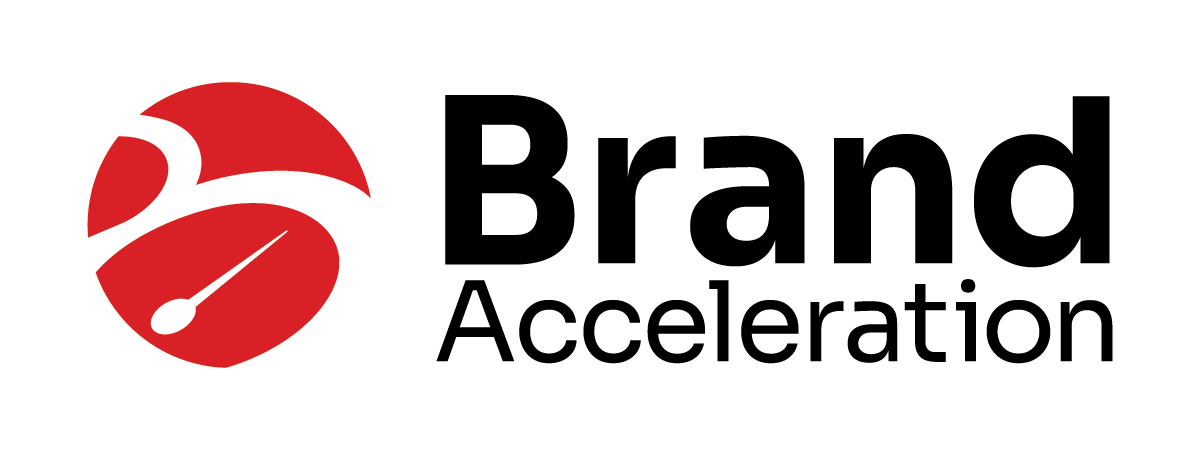It’s New Year ’s Day, and as I sit alone in the early morning darkness, I can’t help but think about my many blessings. I’m also reminded of our military personnel who are away from their families during the holidays. They risk everything and we have so much.
Our nation faces many challenges. Foes from faraway places would like nothing more than to see this great nation stumble and fall. Fortunately, the energy and resilience of the American people, with our many liberties, are more influential than any opponent. Through the rugged determination and down-right stubbornness of company leaders and workers across this great nation, our economy is once again rising and generating jobs and prosperity for our people.
Who would have thought, two years ago, that we would be facing a skilled workforce shortage in 2015? Some call it a crisis, but current and prospective employers are shifting their gaze more toward the availability of workforce than just about any location qualifier.
As the economic recovery gathers momentum, some communities face a new challenge, a serious shortage of the most demanded skills. Some argue that there may not really be a shortage, that the real barrier to a qualified workforce may be the willingness of employers to pay higher wages. That’s nothing new, though. Basic capitalistic principles dictate that supply and demand will force wage adjustments.
The threshold, it appears, is at the 5% unemployment rate. Considering the widely-held belief that 4% of the traditional workforce doesn’t want to work, the remaining 1% leaves many communities unable to meet basic employer needs. If your community unemployment rate is near 5%, you may be “at or near capacity.”
A race to educate
As I travel the country, meeting with economic developers, community leaders, and educators, I’ve seen a rapid expansion in workforce development and training programs. Beginning in middle schools and high schools, and continuing in higher education facilities, educators are racing to train welders, CNC operators, warehouse workers, healthcare professionals, and others. Sadly, a few schools are still focusing on low-demand skills that were taught in the past, doing a significant disservice to students and the community. The more successful community colleges and other higher education institutions are those focused on skills demanded by existing and targeted industries.
Workforce attraction may be required
There are times, amazingly, when communities must launch a strategic campaign to attract the skilled workers needed to meet employer needs. We’ve seen a huge jump in such requests at the Brand Acceleration offices. Our approach is to clearly identify needs, along with area growth trends, and then craft a campaign to locate and communicate with prospective employees and residents. Since this is an area where precious resources could be wasted, we often partner with professionals who are experts in workforce trends.
One challenge with a workforce attraction campaign is that it could create an air of desperation that could be off-putting to target audiences. Our message strategists manage the delicate balance between employment and lifestyle messaging, creating an attractive community buzz.
If your area unemployment rate is nearing 5%, then we should talk. It’s better to explore activities now than to wait for a crisis situation when you realize your community cannot meet the basic needs of attrition, an expansion, or attraction project.
